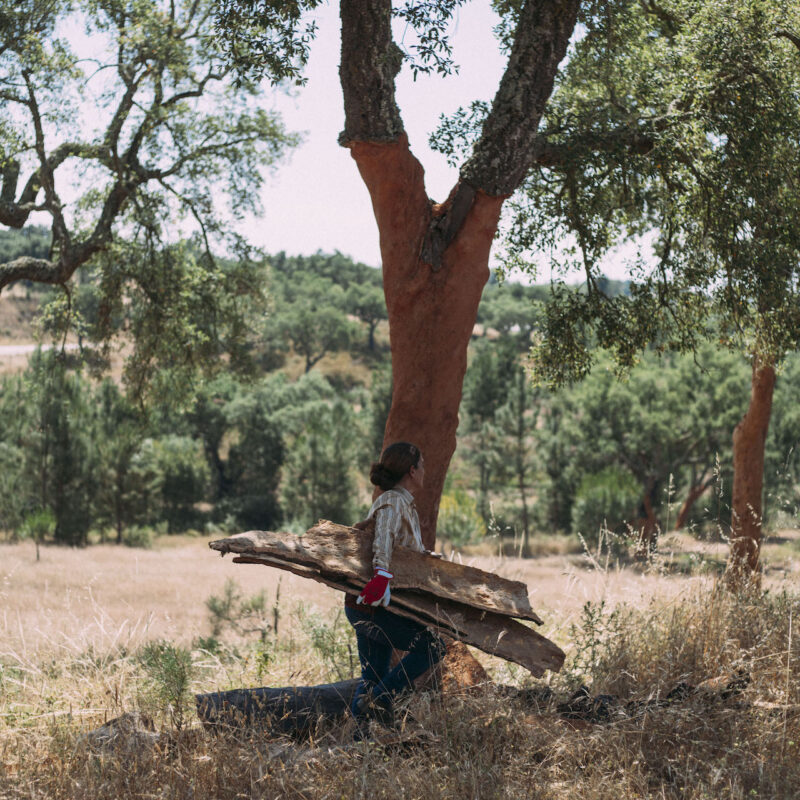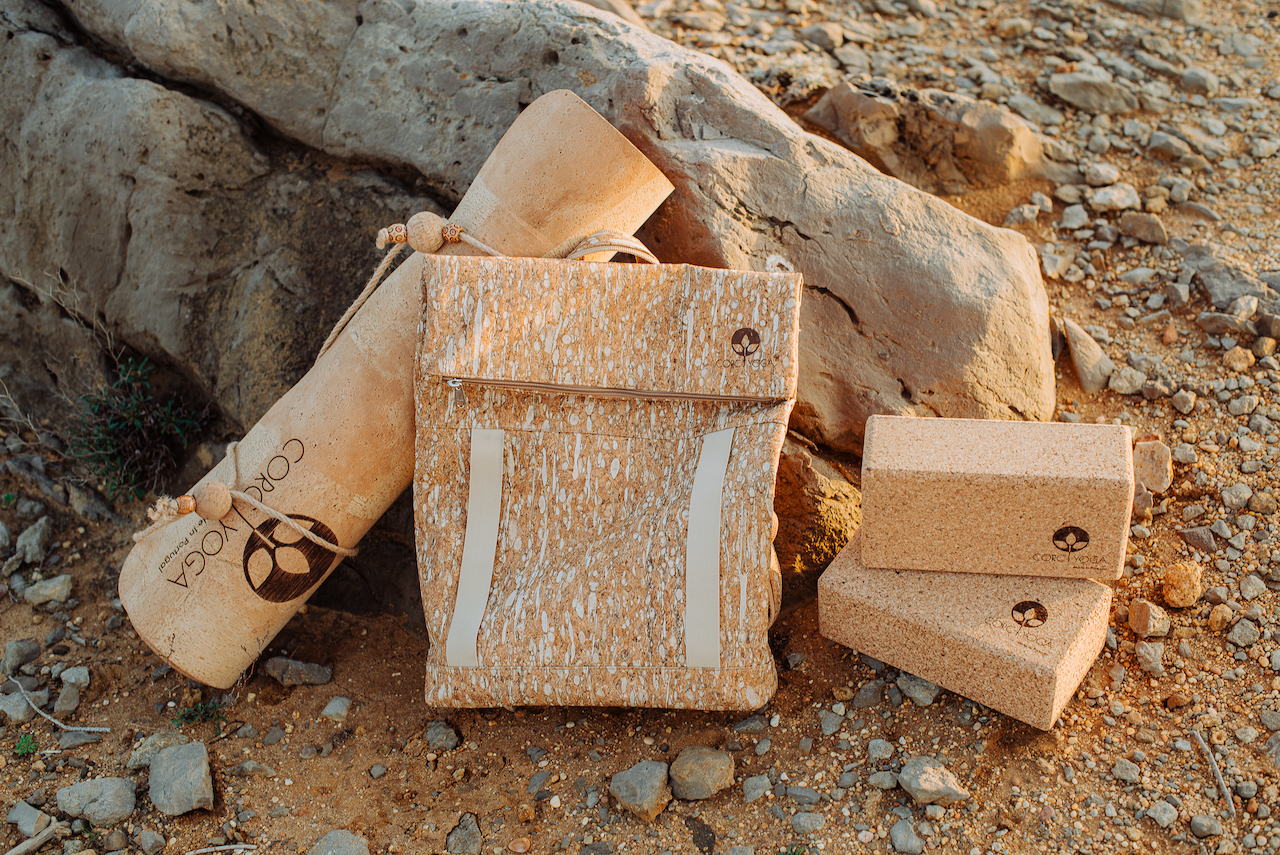For the Love of Cork
Here at Corc Yoga, we responsibly source the highest quality cork from the forests of Portugal and only work with local family owned producers to create our renewable, all natural cork yoga mats and accessories. From our signature mats to our blocks & bags, every Corc Yoga product is infused with organic elements of one of Portugal’s most unique resources, cork. Why? It changes the way our products are produced, consumed, & valued.
SUSTAINABLE PRACTICES
No tree(s) are ever cut to create our products. Instead, they are made by stripping the bark during peak harvest times. This harvesting process helps regenerate the tree, contributing to their thriving live span of up to 200 years. Inaddition to the sustainability of our production, our products are 100% recyclable, vegan, & free of plastic, rubber, and/or latex.
FAIR WAGES
Portugal’s forests produce half of the world’s supply of cork, carefully regulating the industry to protect theintegrity of the environment while creating high-wage seasonal jobs for 10k+ workers annually. Corc Yoga only sources, partners with, & supports small family-owned cork farms & factories.
ZERO WASTE
Cork trees naturally store carbon to regenerate their bark. Every year, these forests absorb up to 20 million tons of CO2, while reducing greenhouse gases. These forests support one of the highest levels of biodiversity among forest habitats, as well as the highest diversity of plants found anywhere in the world. So, the best way to support the preservation of these habitats is to choose this material over other synthetic products.



